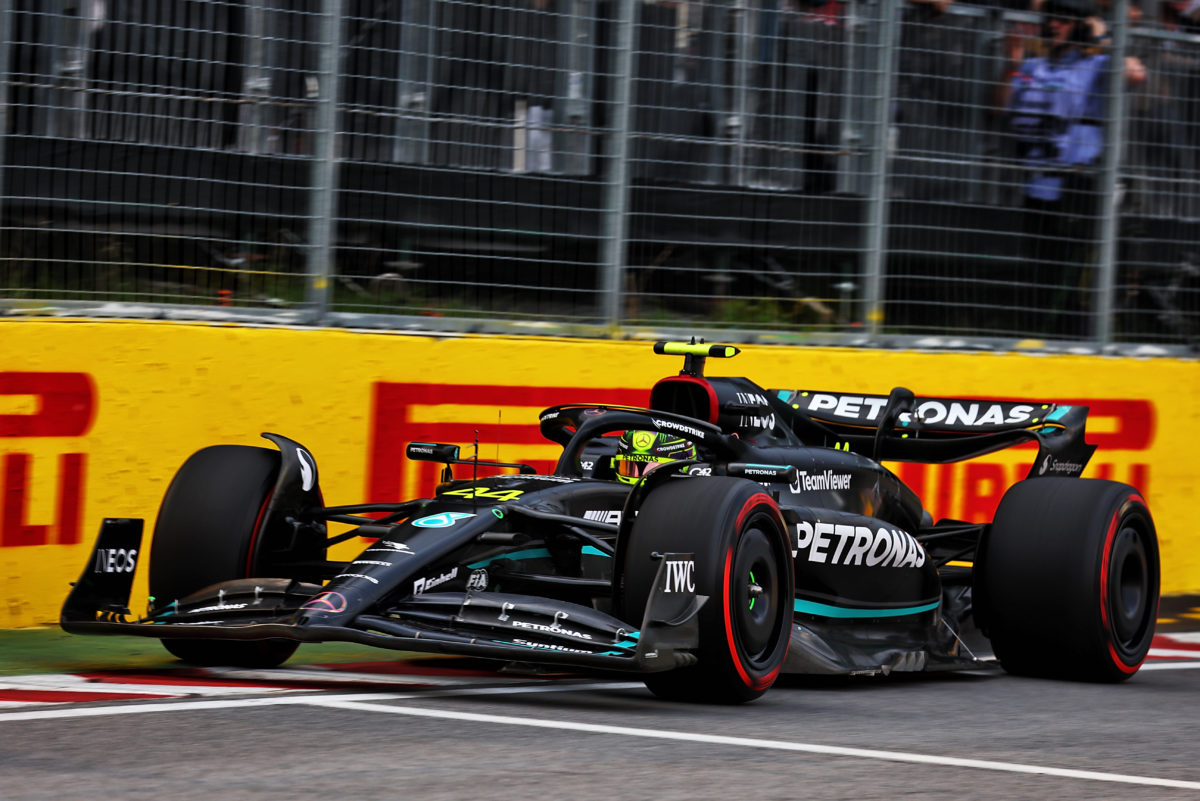

Mercedes technical director James Allison has called on F1 and the FIA to make it the problem of the teams to tackle the thorny issue surrounding the ballooning weight of the sport’s cars.
F1 CEO Stefano Domenicali and FIA president Mohammed Ben Sulayem both recently expressed their concern that car weight was an issue that needs to be brought under control.
The minimum car weight this year is 798 kilograms, a staggering 200kg more than the cars of just 15 years ago.
Over time, with advances in technology such as the power unit, the addition of the halo, and the latest aerodynamics which have brought with it bigger, heavier tyres, the weight has piled on.
Ben Sulayem says it is now time for a lighter car, whilst Domenicali feels it is a topic that will definitely come under discussion in the near future.
Many drivers such as Lewis Hamilton, Max Verstappen, and George Russell have all voiced their concerns in the past.
As to how lighter cars will be achieved is another matter, although Allison feels there is a relatively simple solution.
“This inexorable upward trend in weight is something that has to be arrested and then reversed because year on year they (the cars) have been getting heavier,” said Allison.
“It isn’t super trivial to get the weight moving in the other direction. It is particularly tricky to dream up technical rules that are going to make the car much lighter.
“The way to make it lighter is to lower the weight limit and make it our problem. If cars are over the limit, then it forces us all to make some fairly difficult decisions about what we put in our cars and what we don’t.
“Not everyone agrees with that point of view but that’s the most guaranteed way to put downward pressure on the weight of the car.”
Aston Martin counterpart Dan Fallows conceded to being “broadly in agreement” with Allison, although issued a note of caution.
“There are things we can probably do in the rules to help,” said Fallows.
“Certainly putting the weight limit down is one way of achieving it, but we have to make sure we don’t look to compromise safety in any way by doing that.
“Maybe there are things architecturally we could do that would help, but certainly it’s going to be a challenge.
“There’s no doubt with the power unit regulations being set the way they are, that makes the challenge even bigger.”
A major problem for F1 is that the architecture of the new power units that are due to be introduced in 2026 will again make the cars heavier.
As the regulations for the system are now set in stone, it leaves only the chassis rules – which have yet to be defined – as an area to exploit.
Red Bull technical director Pierre Waché is far from optimistic a solution will be found.
“I’m not sure we will have a significant change of weight, but I agree we should do with the type of safety we want to achieve,” said Waché.
“The most important aspect is improving the safety of the driver, and we would not like to compromise that.
“Plus, I think the power unit, that is defined now, is already massively heavier than what we currently have.
“I think to make it significantly lighter, as mentioned by Stefano, would be very, very difficult.”





















Discussion about this post